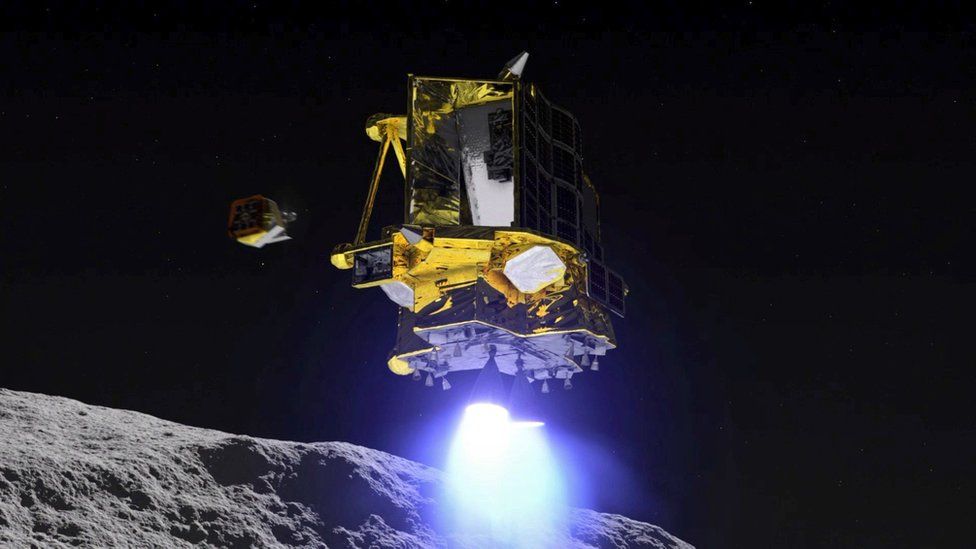-

-
-
Loading

Loading

Japan's Moon lander, named Slim, is back in operation after experiencing a power supply issue that lasted for a week. The Japan Aerospace Exploration Agency (Jaxa) announced that they were able to regain contact with the spacecraft on Sunday night, indicating that the glitch had been resolved. The lander's solar cells are functioning again, thanks to a change in lighting conditions that allowed it to catch sunlight. When Slim initially landed on January 20th, it was unable to generate power as the solar cells were facing away from the sun. Slim's successful landing on the moon made Japan the fifth country to achieve a soft touchdown, following the footsteps of the US, the former Soviet Union, China, and India. The craft operated on battery power for a few hours before authorities decided to shut it down to potentially recover electricity once the angle of sunlight changed. Jaxa showcased a photograph taken by Slim, which captured a nearby rock resembling a toy poodle. The lander's main objective is to analyze the composition of moon rocks, offering insight into the moon's origin. Slim impressively landed within 55 meters (180 feet) of its target in an equatorial crater known as Shioli, demonstrating remarkable landing technology. This technology could pave the way for future exploration of hilly moon poles, which are potential sources of fuel, water, and oxygen. Japan had faced previous failed attempts at lunar missions, including a crash by the start-up iSpace due to an onboard computer error. Landing on the moon has proven to be a challenging task, with only about half of all attempts succeeding. Jaxa did not provide a specific timeline for Slim's operations on the moon but had previously stated that the lander was not designed to withstand a lunar night, which lasts approximately 14 days when the moon's surface is not exposed to sunlight.